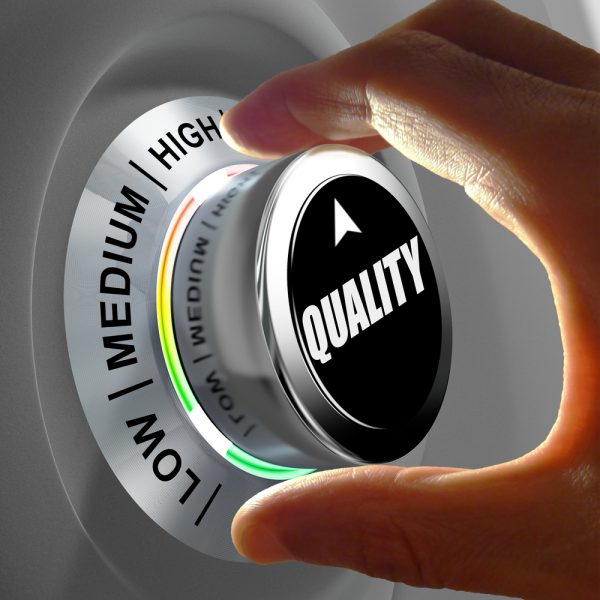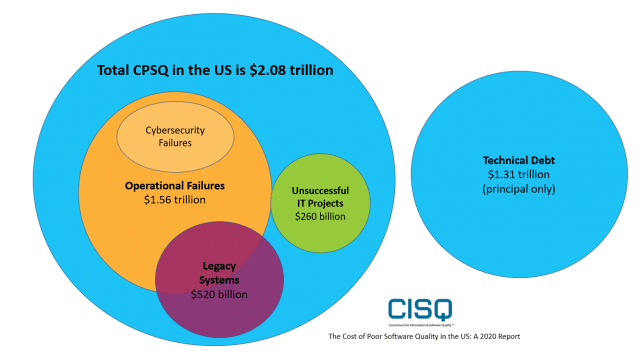Poor quality software costs businesses over $2 trillion

The cost of poor software quality in the US in 2020 was approximately $2.08 trillion according to a report released today produced by the Consortium for Information and Software Quality (CISQ) and sponsored by Synopsys.
The figure includes poor software quality resulting from software failures, unsuccessful development projects, legacy system problems, technical debt and cybercrime enabled by exploitable weaknesses and vulnerabilities in software.
"As poor software quality persists on an upward trajectory, the solution remains the same: prevention is still the best medicine. It's important to build secure, high-quality software that addresses weaknesses and vulnerabilities as close to the source as possible," says Joe Jarzombek, director for government and critical infrastructure programs at Synopsys. "This limits the potential damage and cost to resolve issues. It reduces the cost of ownership and makes software-controlled capabilities more resilient to attempts of cyber exploitation."
Operational software failure is the leading factor in the cost of poor software quality, estimated at $1.56 trillion. This figure represents a 22 percent increase since 2018. Given the rise in cybersecurity failures, and with the understanding that many failures go unreported, this figure could be an underestimate of the true cost.
The cost of unsuccessful development projects is put at $260 billion, up by 46 percent since 2018. There has been a steady project failure rate of around 19 percent for over a decade. The underlying causes are varied, but one consistent theme has been the lack of attention to quality. Research suggests though that success rates go up dramatically when using agile and DevOps methodology.
Legacy system problems account for $520 billion of cost due to poor quality, though this is down from $635 billion in 2018. The US spent $1.6 trillion in 2020 on IT, and that about 75 percent of that was spent on legacy systems -- $1.2 trillion.
"While software is eating the world more voraciously than ever before, the cost of poor software quality is rising, and mostly still hidden. Organizations spend way too much unquantified time finding and fixing defects in new software and dealing with legacy software that cannot be easily evolved and modified," says Herb Krasner, author of the report, and CISQ advisory board member. "We hope this report inspires organizations to embark on the journey of making the necessary changes."
The full report is available from the CISQ site and there will be a webinar to discuss the findings at 2pm ET on January 27th.

Image credit: dtjs/depositphotos.com
